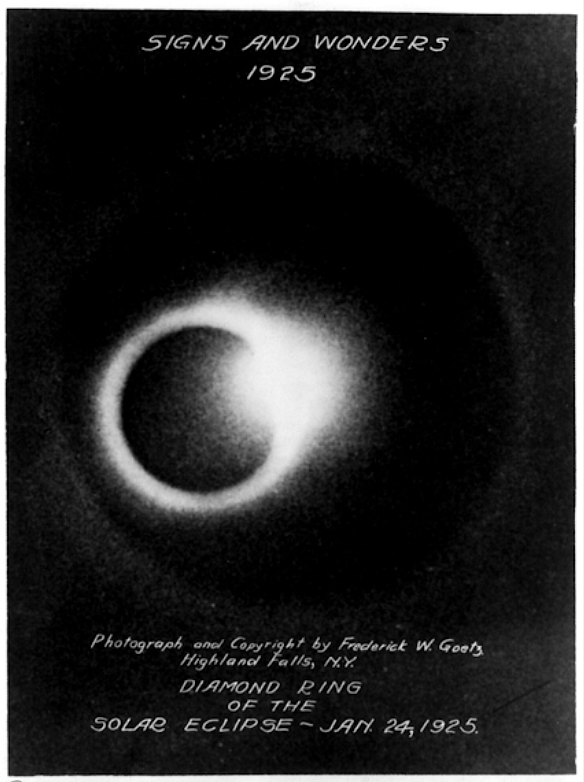An extraordinary celestial event will unfold over parts of the United States on April 8 as a rare total solar eclipse will captivate skygazers. During this phenomenon, those fortunate enough to find themselves in the path of totality will witness a mesmerizing sight as the moon completely obscures the sun, casting a temporary twilight upon the landscape for several minutes.
What's Hidden In The List Of Notable Total Solar Eclipses In The US Since 1778?
Total solar eclipses are indeed a spectacle to behold, and they occur infrequently over specific regions. The last time such an event occurred in the United States was in 2017, and unfortunately, the country won't witness another until 2044.

Total solar eclipses, a spectacle of cosmic alignment, are infrequent occurrences and are not commonly visible in the United States. The last such event in the country transpired in 2017, leaving enthusiasts eagerly awaiting the next opportunity, which won't arise until 2044.
The upcoming eclipse carries historical significance, continuing a tradition of awe-inspiring celestial events observed throughout American history. Here's a glimpse into notable total solar eclipses in the US since 1778:
Total Solar Eclipses in the US Throughout History:
18th Century:
1778: The inaugural recorded total solar eclipse in the United States took place in 1778, shortly after the nation's inception. Noted by figures like Thomas Jefferson and observed by troops in George Washington's army, the eclipse graced the skies from the Carolinas to New England.
19th Century:
1806: The 1806 total solar eclipse traversed from Arizona through the Midwest to New England.
1869: In 1869, a path of totality stretched from Alaska to the Carolinas, with images of the event featured in Harper's Magazine.

1878: Another significant eclipse in 1878 arced from Alaska through Louisiana, drawing attention from an all-woman team of astronomers and even the scientific curiosity of Thomas Edison.
20th Century:
1900: The dawn of the 20th century witnessed an eclipse over Wadesboro, North Carolina.
1918: June 1918 marked the last time a total solar eclipse spanned from Washington to Florida for nearly a century.
1925: January 1925 saw an eclipse visible from Minnesota to New England.

1932: In August 1932, the eclipse's path mostly crossed Canada but included sightings in northern New England.
1963: The July 1963 eclipse graced Alaska and parts of northern New England.
1970: A total solar eclipse in March 1970 was visible from the Southwest coast.

1979: The final eclipse of the 20th century, in February 1979, mainly traversed Canada but touched parts of the Pacific Northwest and the Dakotas.
21st Century:
2017: The eagerly anticipated total solar eclipse of 2017 enthralled millions across the country, marking the first such event since 1918.

2024: The upcoming eclipse on April 8, 2024, will traverse from Texas to the Northeast, attracting millions of spectators and prompting areas along its path to declare states of emergency.
After the spectacle on April 8, 2024, the next total solar eclipse visible in the United States won't occur until August 2044. While total solar eclipses happen globally every one to three years, many are only observable from remote locations such as Earth's poles or the middle of the ocean.
- Previous Story
 US Elections 2024: Tim Walz, JD Vance To Go Head-To-Head In VP Debate | Key Issues To Watch Out For
US Elections 2024: Tim Walz, JD Vance To Go Head-To-Head In VP Debate | Key Issues To Watch Out For - Next Story



























